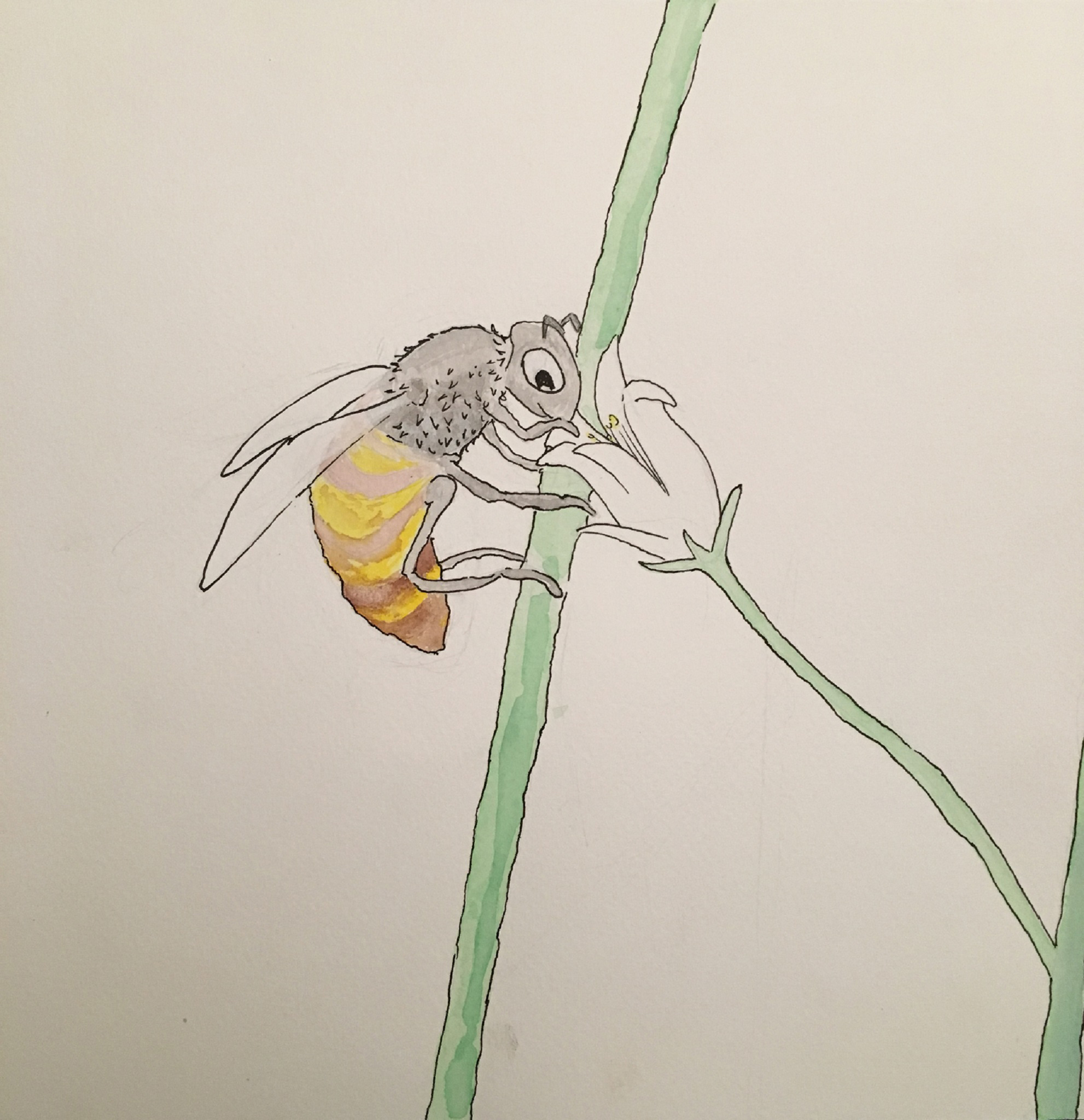Share

Whether you’ve walked the rows of a berry farm or you’ve seen a berry field from the road, one thing’s for sure: growing the Finest Berries takes a lot of time, effort, and know-how. There are many important things our independent growers must consider in order to grow quality berries with incredible flavor—and keeping plants healthy is at the top of the list.
When our independent growers have healthy berry plants, this means higher yield and more delightful berries available to our consumers. The use of beneficial bugs assists our independent growers to maintain healthy berry plants.
To learn more about beneficial bugs, we recently sat down with Pete Cohen, a Driscoll’s Research Associate. Pete works with our Joy Maker team in our berry test plots, helping to get the most out of our different berry varieties. Some of the things Pete does is ensures the berry plants are growing properly and getting enough light by checking the growth of the stems and leaves as well as testing for the plant's nutrient levels.
First, Pete gave us an overview of entomology, which is the study of insects, and how it’s used at Driscoll’s. Through the research of beneficial bugs and their benefits to our berry plants, our Joy Maker team advises our independent growers on how to protect their plants naturally. What’s this mean for berry lovers like you? Delicious berries grown with more sustainable growing methods.

The first bug Pete introduced us to was a beneficial bug that we’re all familiar with: the ladybug. While ladybugs may look sweet and innocent, they’re actually savage predators. Ladybugs are a beneficial bug used to hunt and eat plant-destroying aphids. “Aphids are like little cows,” Pete said with a smile, “they don’t move much and they feed on the sugary liquid inside the plant’s vascular system—this liquid would otherwise be used to help the plant grow.” While ladybugs feed on many pests, they primarily feed on aphids. By reducing the aphid population on berry plants, ladybugs help to keep the plants healthy without the use of pesticides.

Next, Pete introduced us to the Persimilis mite, a tiny, coral-colored insect that’s bred for one thing: hunting. “Persimilis mites are beneficial predatory mites that feed on two-spot spider mites, a known destroyer of berry plants,” Pete said. He explained that two-spot spider mites feed on plant material, damaging leaf cells and reducing the plant’s ability to create energy (and ultimately, berries). Persimilis mites are specifically bred to hunt and consume two-spot spider mites, which has the potential to reduce or completely eliminate the need for pesticides. “Persimilis mites are very good at what they do,” Pete said.

The third insect Pete introduced us to needs no introduction at all: the beloved bee. Bees are essential for berry production, because they pollinate the flowers that develop into plump, juicy berries—no pollination means no berries! In addition to pollination, bees collect nectar and pollen from the berry flowers, which is taken back to the hive and used for energy to feed their colony. Bees are so important to a healthy berry crop that many independent berry growers invest in a bee population. “Our berry growers order bee hives in boxes that are placed next to their fields to make sure they have enough bees,” Pete shared. A berry fun fact about bees: when bee activity increases in a berry field, the fruit is larger and more uniform in size.
After learning about these three beneficial bugs and their incredibly important roles in berry production, we realize there’s a whole “army” of bugs out there, helping our independent growers keep plants healthy. We hope you’ve learned something new—and maybe even changed your mind about bugs! For a behind-the-scenes look at our berry programs and their history, check out our Pursuit of Flavor series.
A special thank you to Driscoll's Research Associate, Pete Cohen, who helped this article to come to life with his bee-autiful illustrations and the research for this article!
Join the Berry Buzz Newsletter